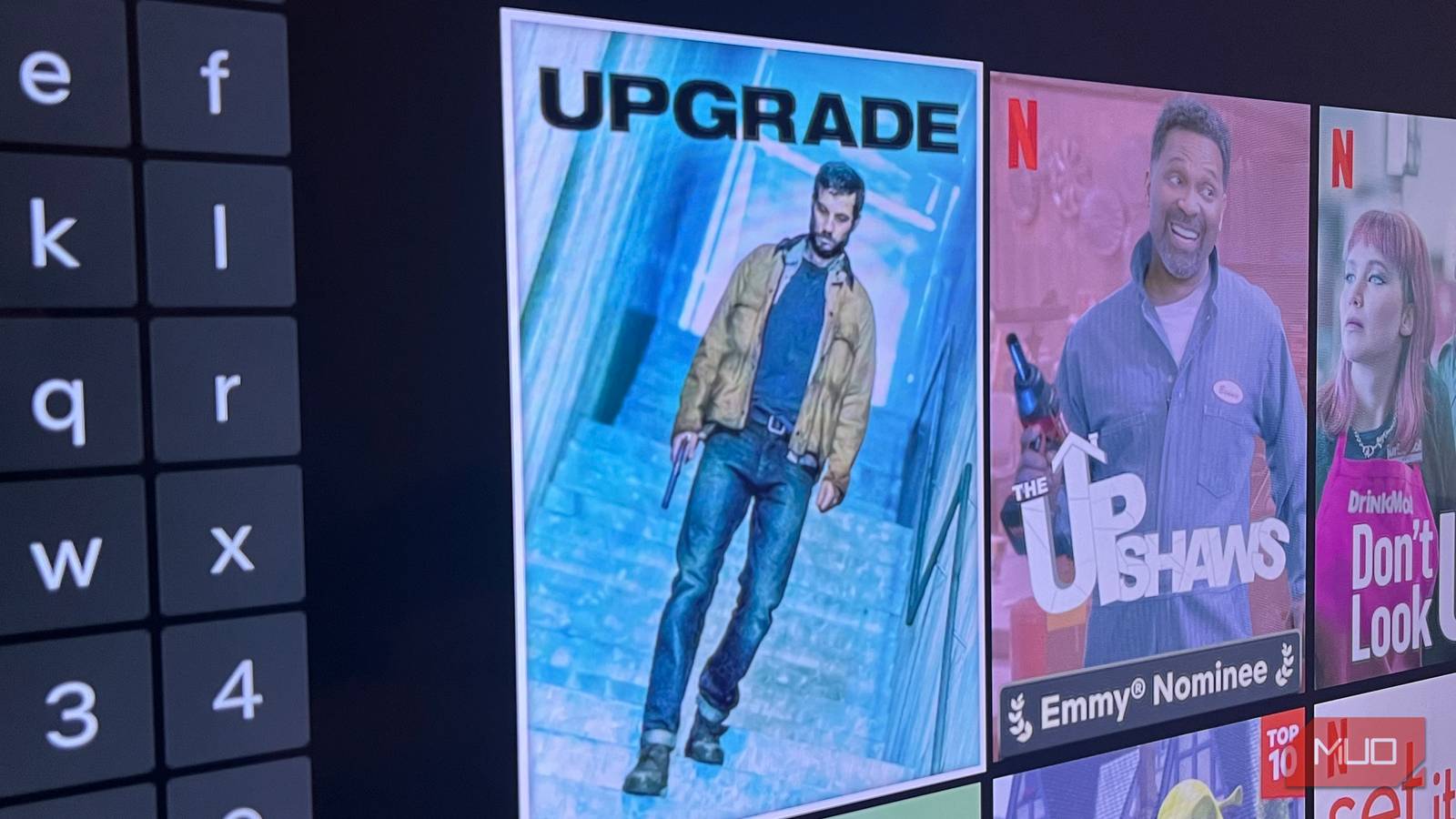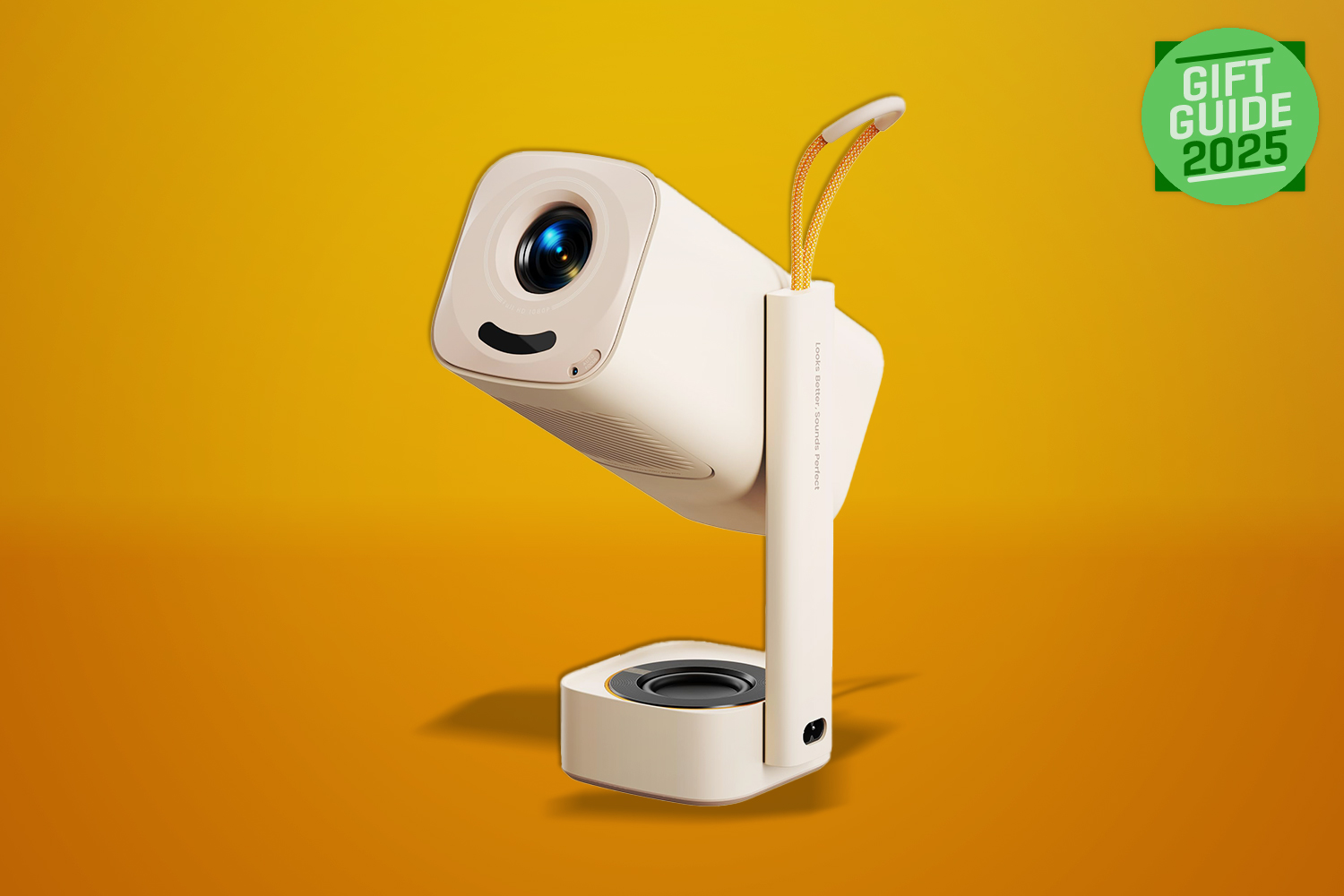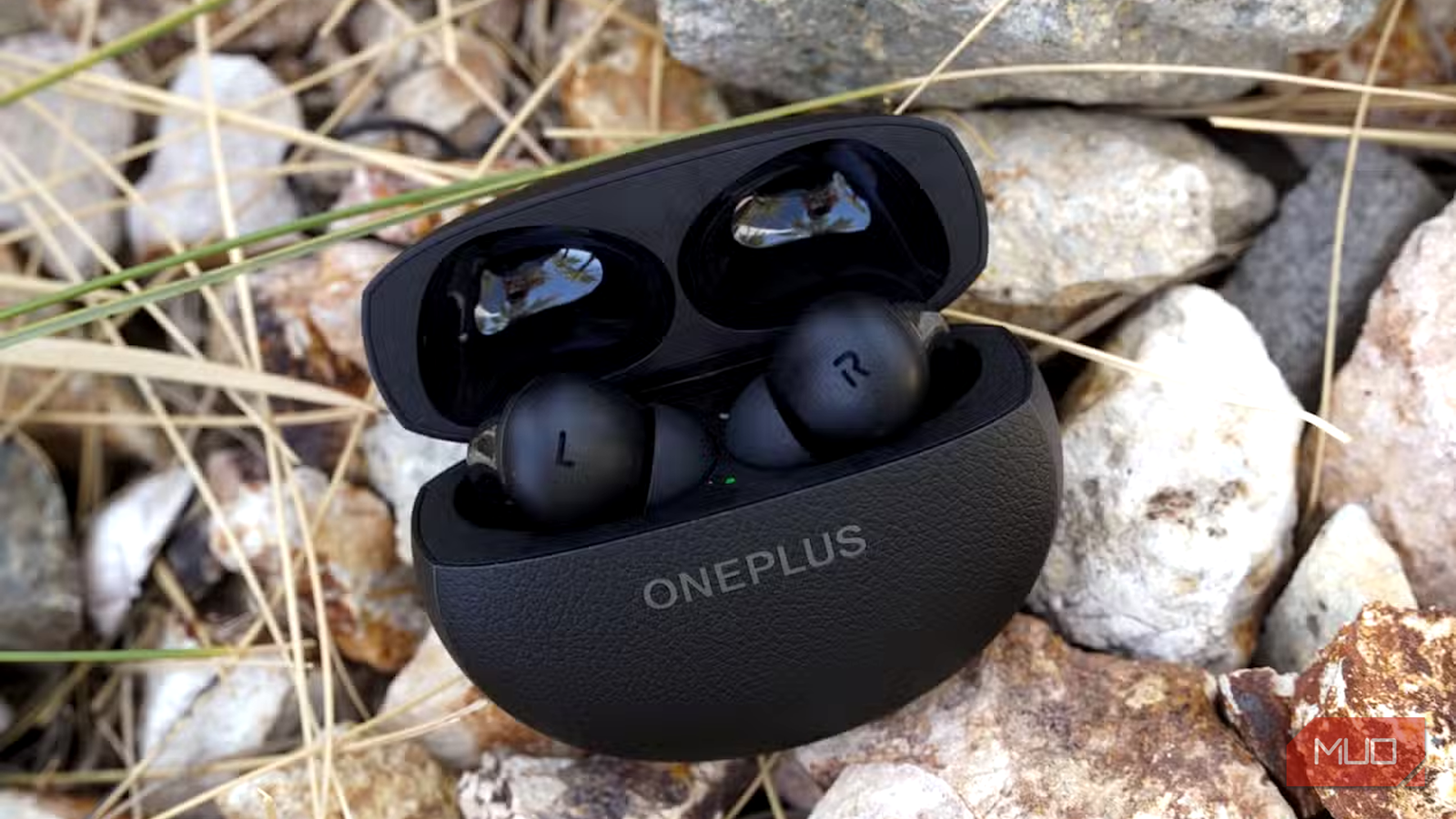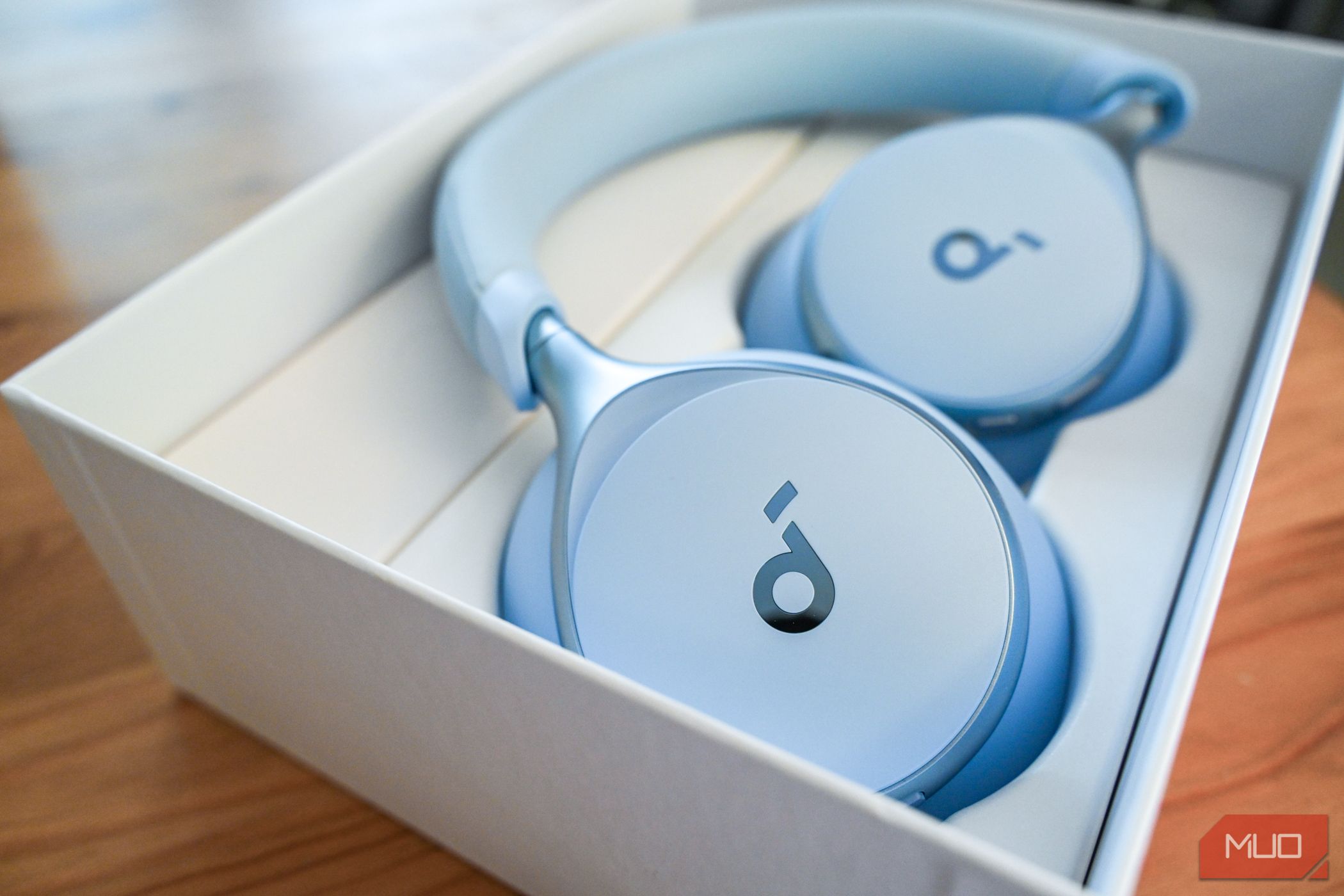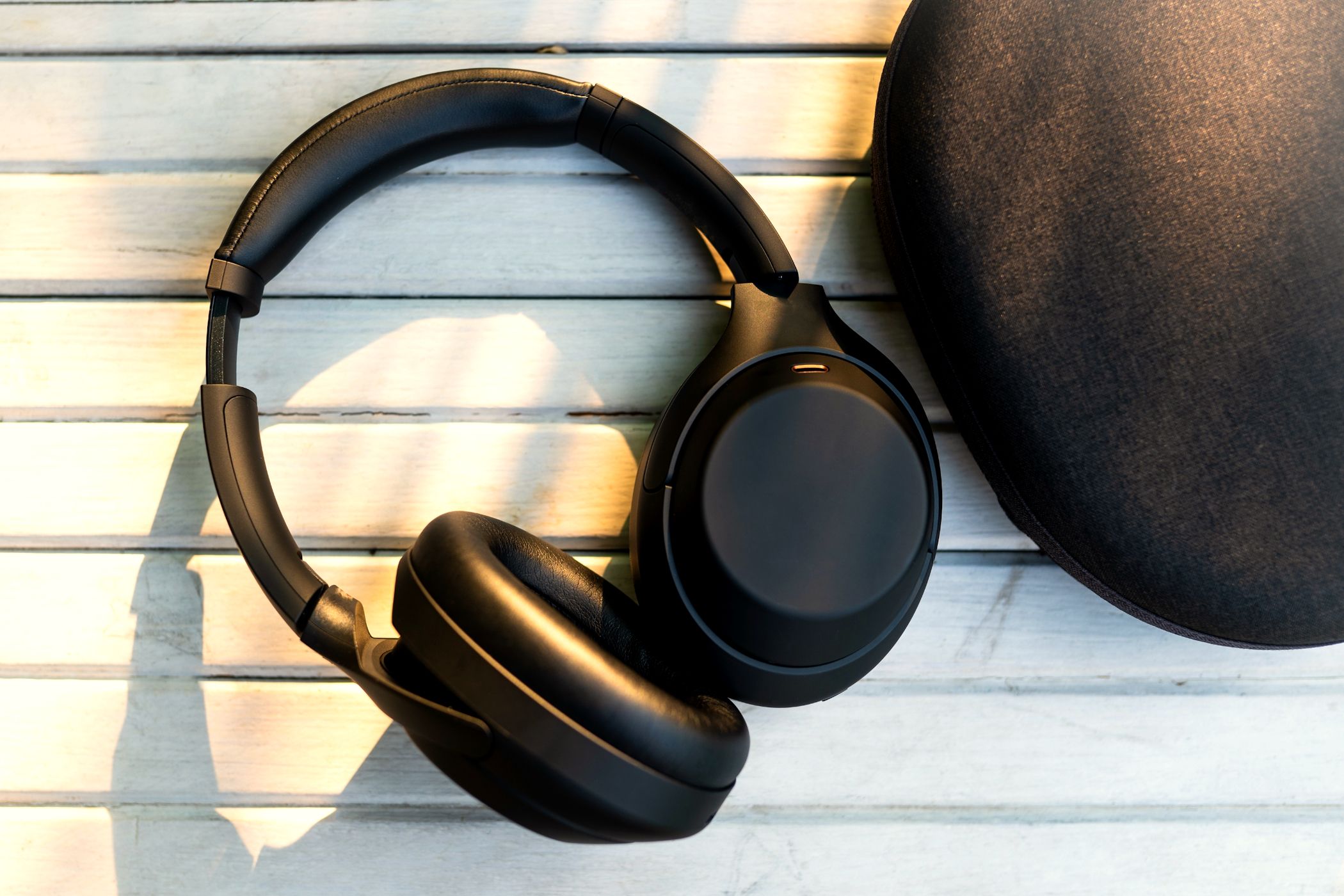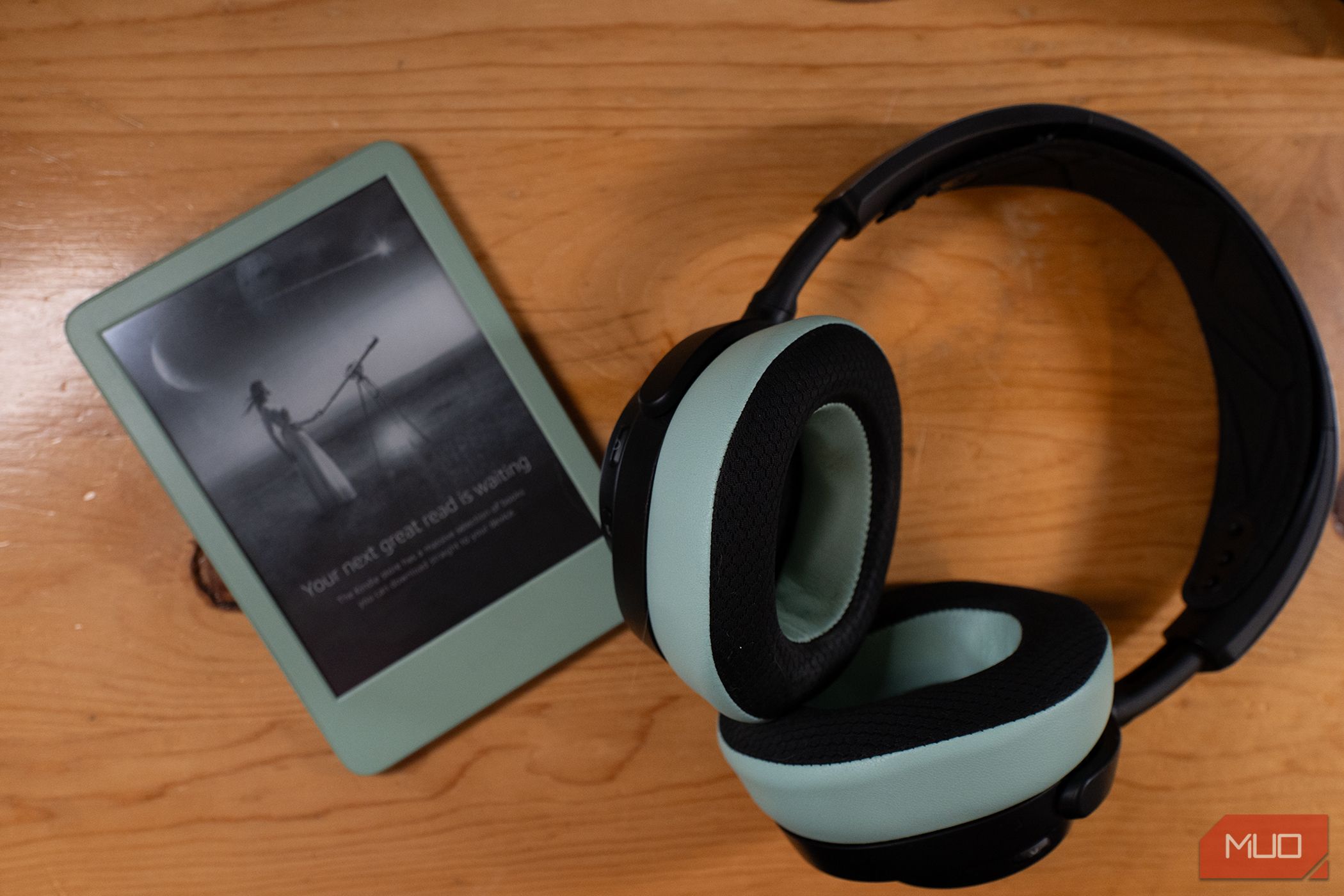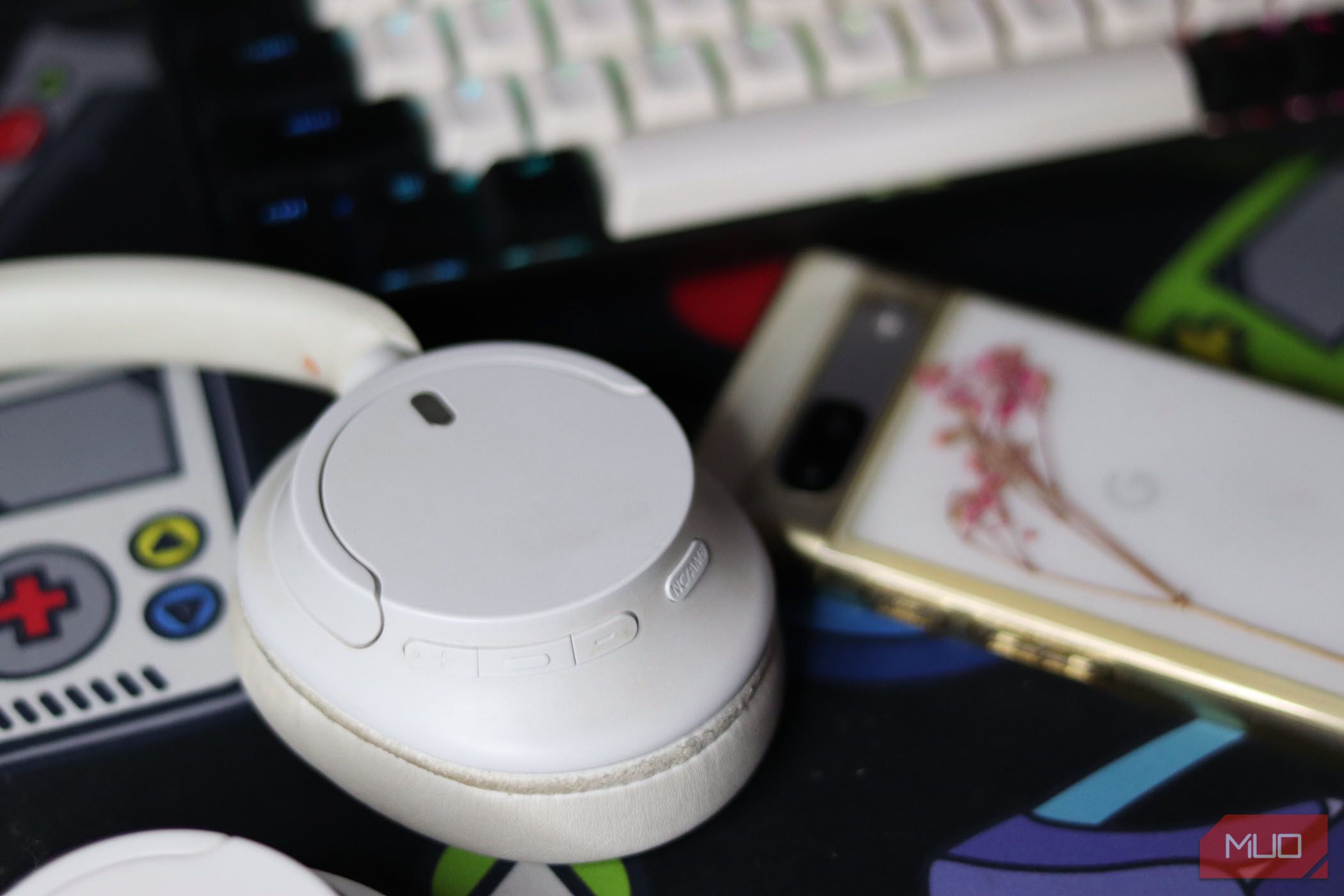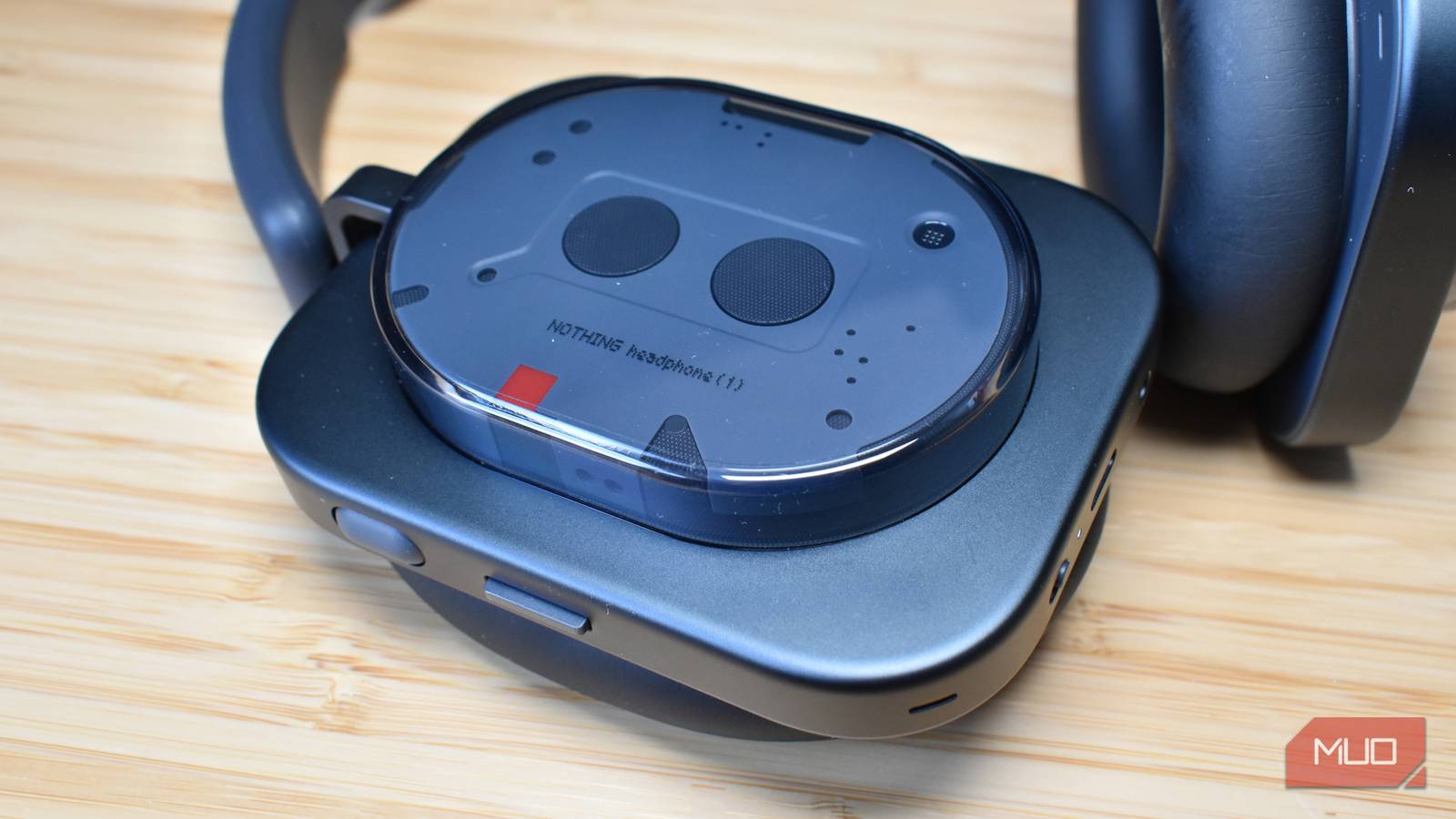Good tech doesn’t need to cost a lot of money, and in particular, you can get plenty of amazing headphones without burning a hole in your pocket. But while some aspects aren’t deal-breakers, you should never compromise on a few key areas.
1
Build Quality
Rather than the price, I use the term “cheap” to discuss quality. I don’t think a lower price necessarily means something won’t last very long; I’ve paid over $200 for headphones in the past that haven’t lasted a year. Still, build quality is non-negotiable when considering which budget headphones to buy.
Determining the lifespan of a pair of headphones is challenging without trying them, and you may need to test multiple brands and models before finding one that suits your needs. However, you can get a good idea in other ways. For example, I’ve discovered budget headphones with bulkier builds tend to be more durable. Reading online reviews helps, too.
One pair of JBL wired headphones I’ve owned before is a good example. Despite costing less than $40, they lasted longer than many other headsets I’ve owned. They came with nice, thick wires and strong connections around the headset. In comparison, a previous pair of Skullcandy headphones encountered problems after just a few months. I found the build quality middling, despite the higher price.
Besides the overall build, consider durability as well. Knowing the difference between waterproof and water-resistant is important, as one means you’ll be fine in the rain, while the other means you could be forking out for new cans. Once you’ve chosen a pair of high-quality headphones, learning how to keep your tech safe at the beach and in other environments will help them last longer.
2
How They Fit
When I used my first pair of budget headphones, I chose them solely based on price. However, I soon realized a painful listening experience would result in not using them anywhere near as much as I would like to.
Clamping force is my number one priority; any headset I buy must neither be too tight nor too loose. If possible, I’ll visit a store in person to try a pair on before purchasing. I will never buy headphones that feel uncomfortable on the first try, as I know I won’t get used to them.
The ear pads also need to be comfortable. Some budget headphones have harder covers, which can get painful after wearing them for a few hours. Third-party replacements do exist, but I’d rather not have to buy these if possible.
3
Warranty Durations
As I’ve tried more budget headphones, my perspective on aspects like warranty has changed. Initially, I paid almost no attention to this, mainly because I viewed lower-priced headphones as a temporary solution. Now, however, it’s much more important to me.
I need any budget headphones I buy to have at least a one-year warranty. If it’s even longer, fantastic—but a year is the minimum. Just as important (and often overlooked), however, is how easy or difficult it is to return the headphones to the manufacturer if something goes wrong.
I much prefer to buy third-party headphones through a physical retailer. Most of the time, I only need to go into the store to exchange them. Buying online can sometimes be more challenging.
When reviewing exchange policies, I’m very careful to check and see how long it would theoretically take to receive a replacement pair. In some cases, it’s several weeks; being prepared is therefore wise.
4
Connectivity
Connectivity has become a crucial part of my criteria for choosing budget headphones. Despite being part of the Apple ecosystem, I can’t see myself justifying the AirPods Max’s price. So, anything I choose must be compatible with my devices.
Many budget headphones are compatible with all devices, but it’s wise to double-check they’re compatible with yours. Moreover, you’ll need to think about whether you have to buy extensions so you can use it with your phone, tablet, or computer. I’ve had some budget headphones that don’t connect wirelessly to my Mac, and bringing my iPad everywhere to listen to music while working is annoying.
Consider whether you want multipoint connectivity, too. Doing so makes it infinitely easier to use your headphones across multiple devices without constantly switching. It also saves you from the hassle of disconnecting wired headphones from one place and reconnecting to another.
5
Battery Life
While I’ve had some devices with amazing battery life, I have also had to endure headphones where it feels like I need to constantly charge them. This is especially annoying when on long work bursts or trying to stay stress-free when traveling. To stop this headache before it begins, I now consider battery life in my budget headphone analysis before buying.
One of the best pairs I’ve owned was a pair of Sony wireless headphones. These headphones offered me up to 50 hours of battery life, in addition to a quick-charging feature that was a godsend for long journeys.
At the very least, I recommend picking budget headphones with a minimum of 30 hours of battery life.
Budget headphones can be a good option if you know which key parameters to look out for. Understanding their limitations is essential, and prioritizing aspects such as build quality and fit will lead to a better listening experience. Other elements, such as noise cancellation, are nice-to-haves rather than absolute musts.
